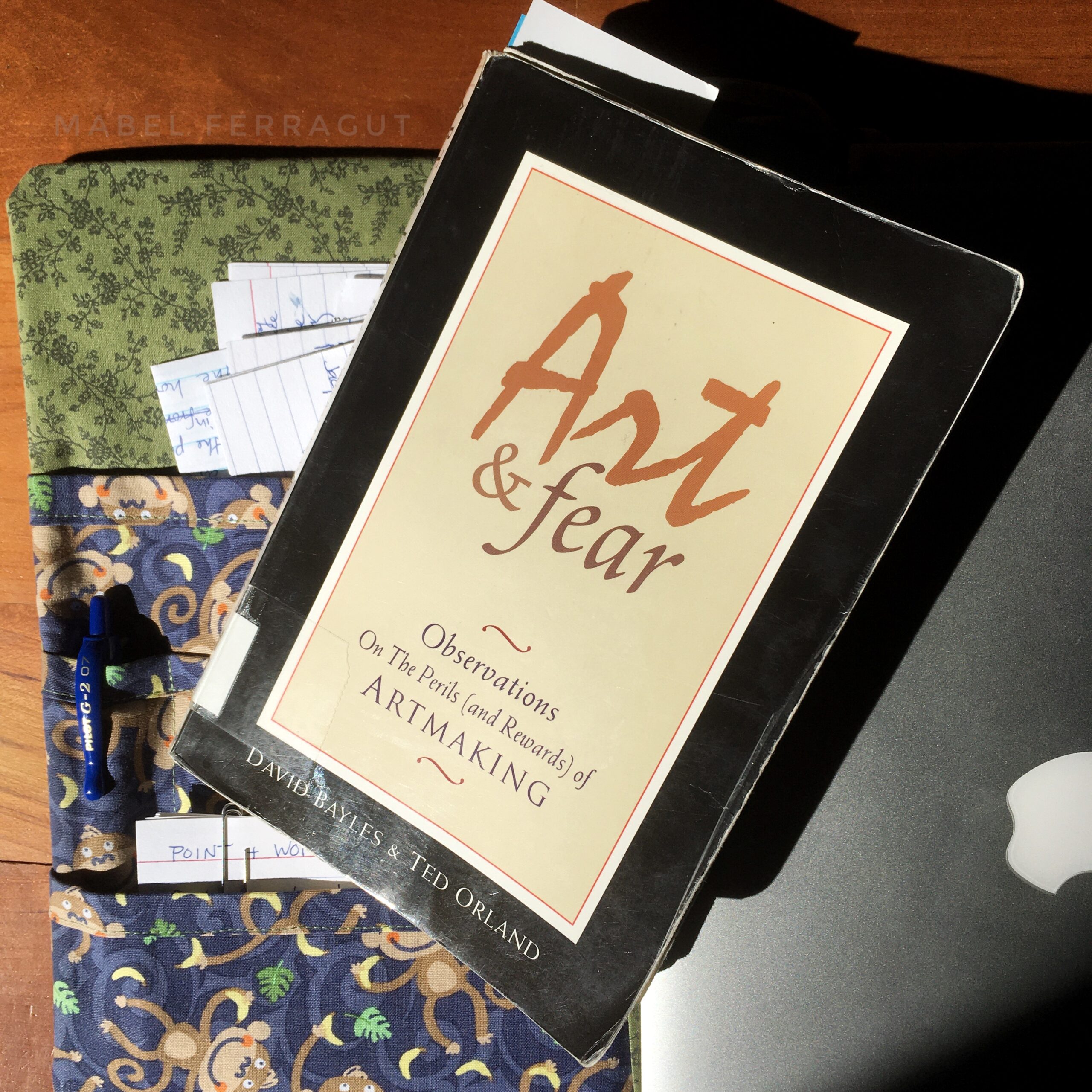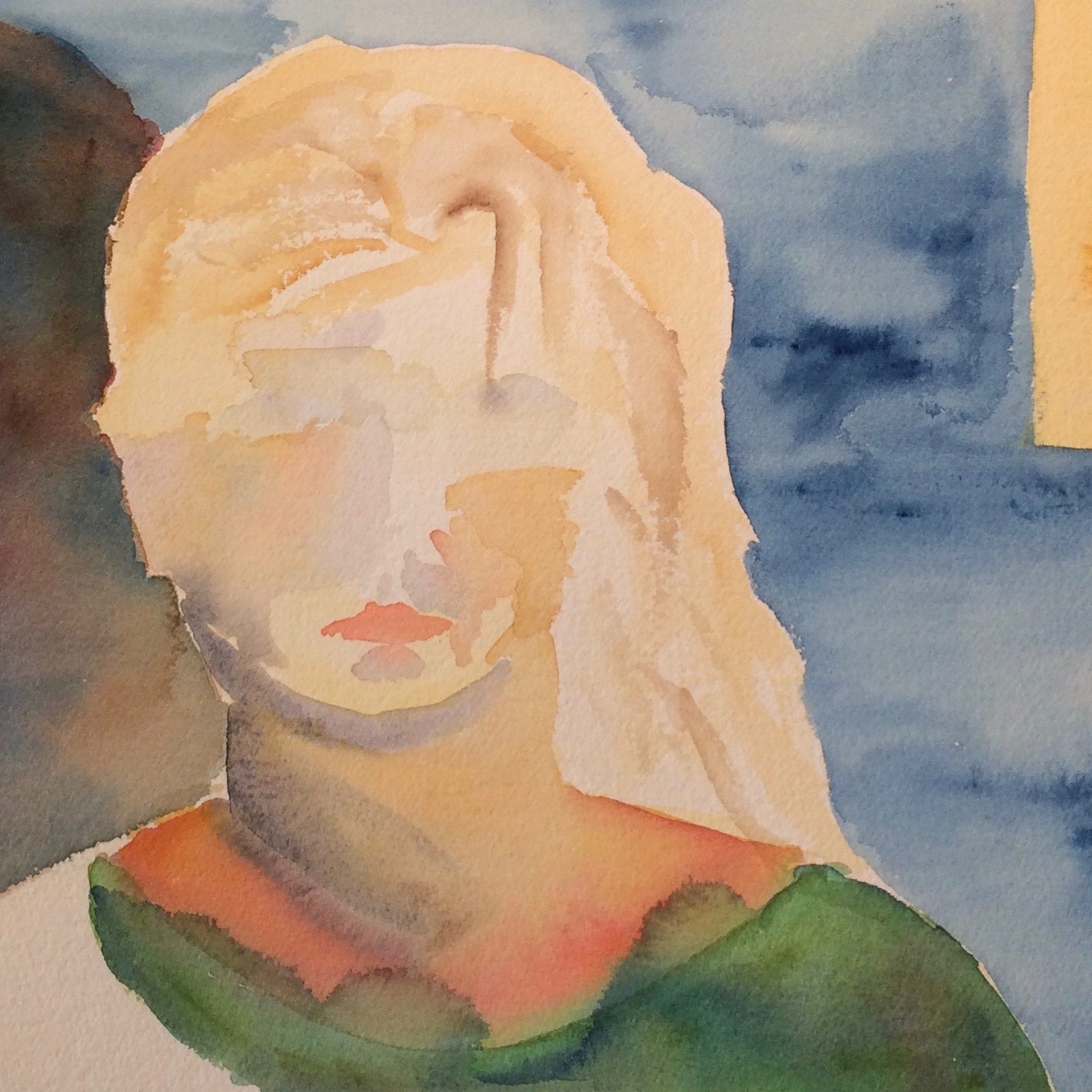I’ve been anxious about writing an ending for my novel. I realized today that I have good reason for my anxiety. I have never written a good story ending before.
When I was in college, my introductory creative writing class assigned a short story. I low-key panicked. Though I had written plenty of essays and poetry in high school, even a play, I had no short stories I felt proud of. How was a short story even written?
I found a moody photograph to use as inspiration. Using sepia tones, the photograph painted an old sailor and a young man on a dock piled with trunks. I remember describing the details of the photograph in loving detail, setting a mood with my words. But I struggled to get beyond that.
Years later, I can see more clearly why I felt so lost. I learned a lot about writing from my early teachers: specific is terrific, show don’t tell, balance of threes. But all of my lessons were about writing, not storytelling. I’ve since learned that these are not the same thing.
What I needed for my story was not to perfect the language, but to draw rich characters, establish conflict, figure out what the characters wanted and why, understand the point of the story. These elements have little to do with the musical sentences and active verbs I was used to focusing on. Still, I hobbled along, setting the atmosphere for my story, capturing some nice images. Until I got to the ending. No matter how many ways I drafted my ending, it fell flat. It was completely unsatisfying. I never did find a good ending for that story.
Now I realize that I couldn’t find an ending, because there was no real story there. The entire piece was fundamentally flawed. But for many years I avoided writing short stories. The few attempts I made did not end well.
So here I am, trying to write a novel. A low nervous thrum accompanies my thoughts about the ending. I write one bad ending after another, and each one strengthens my fear that I’m just not good at endings, or fiction for that matter. Then I come across this paragraph:
“The lessons you are meant to learn are in your work. To see them, you need only look at the work clearly—without judgement, without need or fear, without wishes or hopes. Without emotional expectations. Ask your work what it needs, not what you need. Then set aside your fears and listen, the way a good parent listens to a child.”
David Bayles and Ted Orland, Art and Fear
These words touched a nerve in me. I jotted a couple thoughts in my notebook, then dove into my ending again, setting aside my fears, listening. Three and a half pages later I had the makings of a new ending. This new ending feels right. It incorporates multiple elements I was having trouble keeping in my head. It honors my protagonist’s journey. It has cool stuff.
I am still in the process of writing the scenes. For sure, I’ll be rewriting them, probably many times. But I finally have a sense of what needs to happen at the end, as well as the shape of it. My relief is palpable, and laced with joy. I might be able to do my story justice after all.
Plus I have a new source of inspiration: Art and Fear: Observations on the Perils (and Rewards) of Artmaking by David Bayles and Ted Orland. This short little book is packed with wisdom. While reading it, I found myself in mental conversations with the authors. I didn’t always agree with them, but I was always deeply engaged. The book also kept reminding me of milestones on my own journey as an artist. But that’s a whole other topic.
Right now, I just want to bask in the light at the end of the tunnel.

